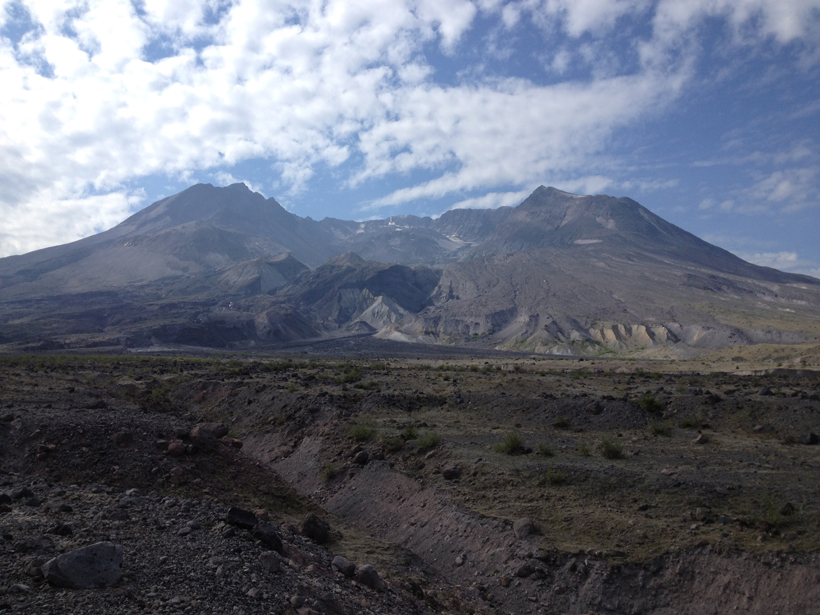Model builders investigate a puzzling malfunction in what’s expected to be the improved next version of the popular Community Earth System Model.
temperature
What Makes the Biggest Cycle in Tropical Weather Tick?
The Madden-Julian Oscillation drives storms across the Indian and Pacific oceans every 30 to 60 days. New research suggests that clouds absorbing and reemitting radiative energy play a key role.
Warm Waters in West Antarctica
A recent paper in Reviews of Geophysics describes the atmospheric and oceanic processes that are causing ice loss in the Antarctic.
Meet KELT-9b, the Hottest Exoplanet Ever Discovered
The exoplanet’s host star blasts it with so much radiation that it will someday evaporate.
Calculating Plasma Waves—With a Twist
What happens when two plasmas with different temperatures overlap? The answer depends on a quantum effect that twists the waves as they ripple through the sea of electrons.
Explaining Why Some Paleomagnetic Results Fail
Reordering of mineral crystal lattice structures during laboratory heating may explain the frequent need to reject results of experiments that estimate the intensity of Earth's past magnetic fields.
A Two-Way Relationship Between the Atlantic and Pacific Oceans
Researchers have uncovered a new connection between sea surface temperatures in the Atlantic and tropical cyclones in the eastern Pacific that could improve accuracies of future cyclone forecasts.
Deep Ocean Layers Continue to Heat Up
Researchers look at more than 3 decades of temperature trends in the deep ocean to understand the layers' energy budgets.
Understanding Causes and Effects of Rapid Warming in the Arctic
A new German research consortium is investigating why near-surface air temperatures in the Arctic are rising more quickly than in the rest of the world.
How Global Warming's Effect on Clouds May Make It Rain Harder
More clustering of clouds due to higher temperatures increases the likelihood of heavy downpours.









